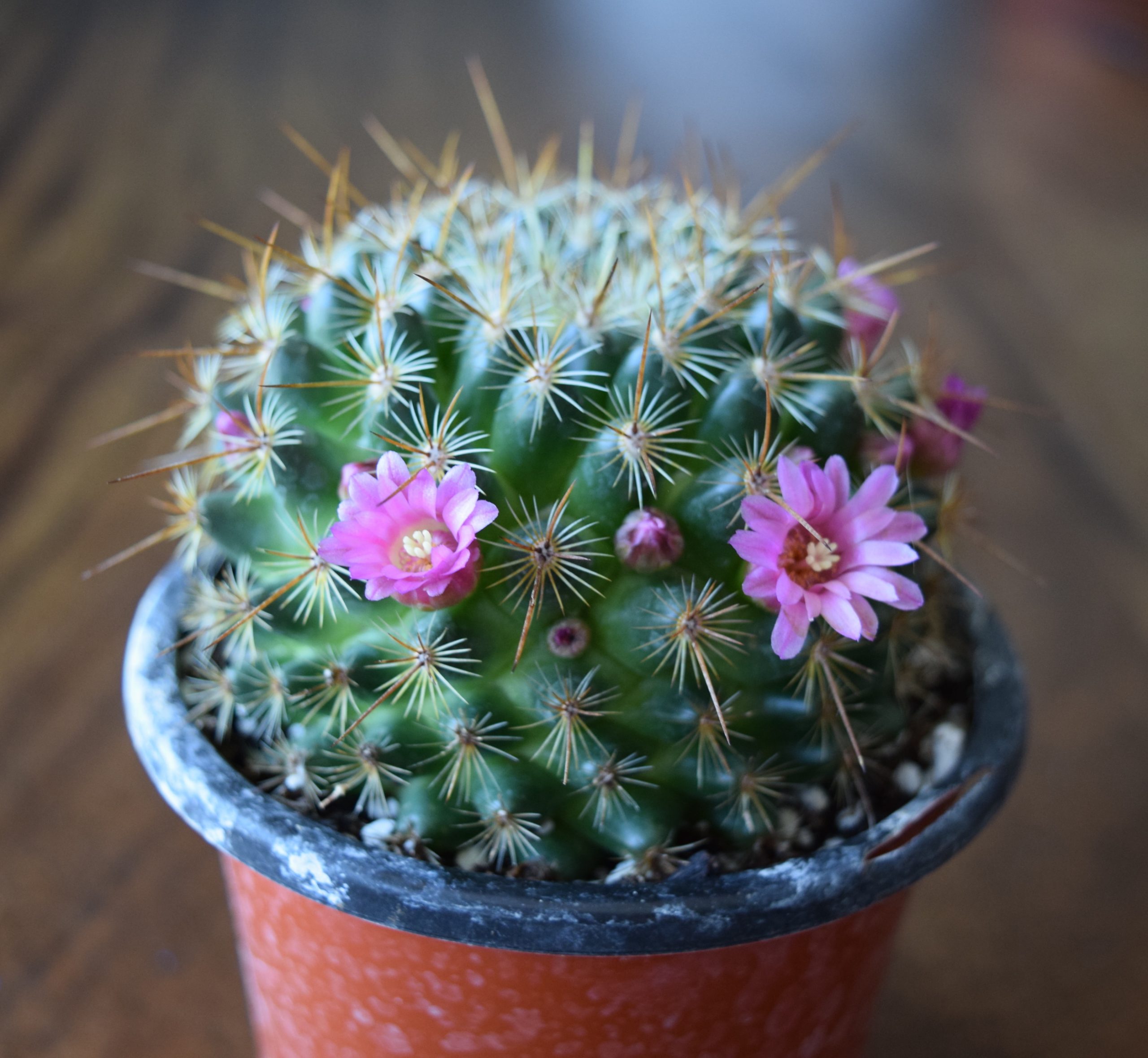Mammillaria, a captivating genus of cacti, is a veritable marvel for both casual gardeners and ardent succulent enthusiasts. With over 200 species, this genus boasts a delightful array of forms, sizes, and colors, rendering it a truly eclectic showcase of nature’s creativity. Its uniquely stocked spines, not to mention its stunning blooms, offer an aesthetic appeal that is impossible to overlook. This guide delves deep into the enchanting world of Mammillaria, exploring its extraordinary characteristics, cultivation tips, and artistic value in landscaping.
The Intrigue of Areoles: Nature’s Inflorescence
At the heart of the Mammillaria’s allure lies its areoles, which are specialized structures that punctuate the surface of the plant. Unlike many other cacti, Mammillaria areoles are not merely points of growth; they play a pivotal role in the plant’s reproductive process. Each areole can produce both spines and flowers, creating a breathtaking dichotomy that enhances the plant’s overall visual appeal. These areoles, often resembling a cluster of tiny sunbursts, can be densely packed or spaced luxuriously apart, depending on the species.
The magnificent flowers of Mammillaria, typically small and tube-like, can appear in various colors, ranging from vivid yellows and reds to subtle whites and pinks. Their arrangement around the top of the plant, akin to a floral crown, creates an arresting display during blooming seasons. This unique feature captures the attention of pollinators, drawing bees and other insects into a vibrant dance of life, making them not merely visual spectacles but vital participants in their ecosystem.
Aesthetic Wondrousness: The Diversity of Shapes and Sizes
Among the bounty of Mammillaria species, one can find an outstanding medley of shapes, each presenting its own captivating charm. Some species exhibit a globular form, epitomizing the classic cactus silhouette, while others take on a cylindrical or columnar shape, offering an intriguing verticality. This range creates an engaging visual dynamic when used in gardening settings, allowing for diverse plant arrangements that can transform any space.
Consider Mammillaria elongata, renowned for its elongated, cylindrical structure. This particular species showcases intricate spirals of golden spines that exquisitely weave around the body of the cactus, giving it a unique textural quality. In contrast, Mammillaria bocasana, often referred to as the “powder puff cactus,” features a plump, spherical shape covered in white woolly hairs, providing a delectable softness and inviting touch even to the most timid of hands. Such physical characteristics of Mammillaria not only embellish gardens and indoor spaces but also serve as focal points in various compositions, harmonizing effortlessly with other succulent plants.
Environmental Preferences: Where to Grow This Spiny Stunner
The Mammillaria genus showcases remarkable adaptability, thriving in diverse environments, yet their origins lie in the arid landscapes of Mexico and parts of the southwestern United States. This setting imbues them with a specific set of preferences vital to their health. When cultivating Mammillaria, the most essential factors to consider include light, water, and soil composition.
These cacti bask in full sunlight, thriving best with at least six hours of direct sunlight daily. Insufficient light can lead to etiolation, a condition where the plant stretches towards the light source, compromising its compact form. When planting outdoors, ensure that they are placed in a sunny, unobstructed spot. If grown indoors, consider utilizing south-facing windows or utilizing grow lights to satisfy their phototropic needs.
Watering may be one of the most misunderstood aspects of cactus care. Mammillaria thrives in dry conditions, and overwatering remains a cardinal sin among enthusiasts. It is crucial to allow the soil to dry out completely between waterings; a general rule of thumb suggests watering every two to three weeks during the growing season (spring and summer), and significantly decreasing frequency during the dormant periods (fall and winter). Using well-draining soil mix, ideally composed of sand, perlite, and organic material, will ensure that roots do not sit in excess moisture, potentially leading to rot.
Pest Infestation: Keeping the Cacti Safe
The beauty of Mammillaria comes with its own set of challenges, particularly when it comes to maintaining their health. Like many cacti, they are susceptible to pests, including mealybugs, spider mites, and aphids. Regularly inspecting your plants can help catch infestations early. A gentle spray with insecticidal soap or neem oil, applied with a soft cloth, can help mitigate minor pest problems effectively. Engaging in this preventative pest management not only extends the life of the cactus but also helps maintain its stunning aesthetic.
Show-Stopping Displays: Using Mammillaria in Landscaping
Mammillaria species are not merely house companions; they can be striking components of outdoor landscapes and rock gardens. Their unique aesthetics allow for innovative landscaping designs that captivate observers and encourage interaction. Consider creating a visual terrain with varying heights by grouping Mammillaria with other succulents and ornamental stones; the outcome will be a tapestry of textures and colors that delight the senses.
In addition to traditional gardens, these cacti can be prominently featured in succulent arrangements, terrariums, or as centerpieces in larger plant displays. Their low maintenance requirements make them ideal for both novice and expert gardeners who wish to enhance visual intrigue without overwhelming upkeep.
Conclusion: Embracing the Charm of Mammillaria
The Mammillaria genus offers not only a diverse and striking collection of cacti but also a captivating glimpse into the extraordinary adaptations of flora in harsh climates. Their unique areoles and mesmerizing floral displays create a visual feast that speaks to the intersection of beauty and resilience.
Regardless of whether you are a seasoned cactus aficionado or a budding gardener eager to explore the world of succulents, Mammillaria is undoubtedly a genus that promises a rewarding adventure. With the right care and dedication, these stunning cacti can thrive, adding charm and whimsy to any botanical collection, and inviting admiration from all who encounter them.

Leave a Comment